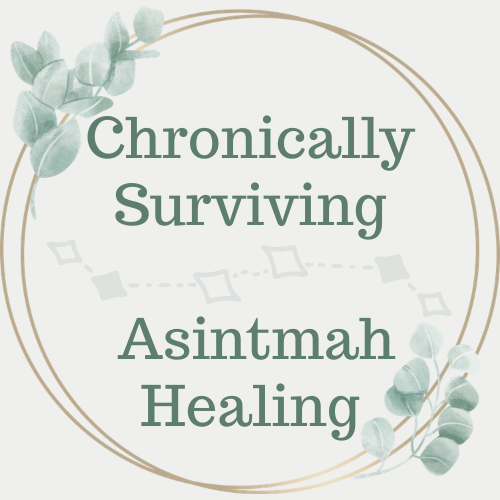Image from pixabay.com
For those of us who are fortunate to have the use of their arms and hands, we rely on them to do a plethora of daily tasks, which can lead to tension or injuries. Shoulder tension can vicariously create neck tension, back pain, poor posture, headaches, and other issues. No wonder we use the expression “feeling the weight of the world on our shoulders.”
In eastern medicine, there’s a big emphasis on meridians, which are pathways or networks by which the Chi (life force energy) and blood are circulated throughout the body. There are six main meridians moving through the shoulders and four through the arms and hands. Lots of energy flows in these areas of the body.
It’s understood that the shoulders are energetically linked to our relationship with control and letting go. Rigidness in this area can indicated a resistance to forgive, release, or change. A sense of heaviness could indicate feeling burdened or disempowered. For example, frozen shoulder is a condition that has a physical manifestation of feeling frozen or trapped in current circumstances.
Similarly, the arms and hands are energetic extensions of the heart. It’s energetically how we connect to our emotions and how readily we express our inner feelings. Resentment, bitterness and guilt are energetically held in the arms and hands. Therefore, weakness, rigidity or injuries in this area could be an indication of being disconnected from the heart, or a lack of emotional intimacy.
Anatomically speaking, the shoulders move in four different ways:
➾ Flexion (arms by your side) & Extension (arms up)
➾ Internal Rotation & External Rotation (see video below for example)
➾ Adduction (arms by your side) & Abduction (arms out to side)
And lastly, a movement that’s characteristic to the shoulders:
➾ Protraction (arms reach forward) & Retraction (squeeze shoulder blades together)
A Note on Hypermobility & Shoulders
The shoulder is the most mobile joint in the body. It’s the easiest to dislocate. I’m hypermobile and my shoulders often sublux and on occasion dislocate. For those that are hypermobile, subluxations and dislocations are for the most part unavoidable. Getting to know my body has been beneficial. For me, it’s important to have a good sense of how my shoulders move safely, remaining mindful of my extended range. This type of intentional practice has helped me lower my risk of overextending. Another way to help with shoulder issues and injuries is through strengthening the shoulder girdle, which I will delve into in a later video on the Accessible Yoga Series — stay tuned!
Shoulder and arm stretches can be used to ease tension and help prevent injury. Take it one step further by stretching slowly and with intentional breathing. This will provide an opportunity for you to explore the unique ways to safely and comfortably move your shoulders and arms that’s specific to you and your body’s needs.
This 20min practice provides simple ways to stretch your shoulders and arms in an accessible and mindful way.
Please read:
It’s important to understand that this is in no way a replacement for medical treatments. Consult with your healthcare practitioner before starting any new exercise or wellness techniques.


